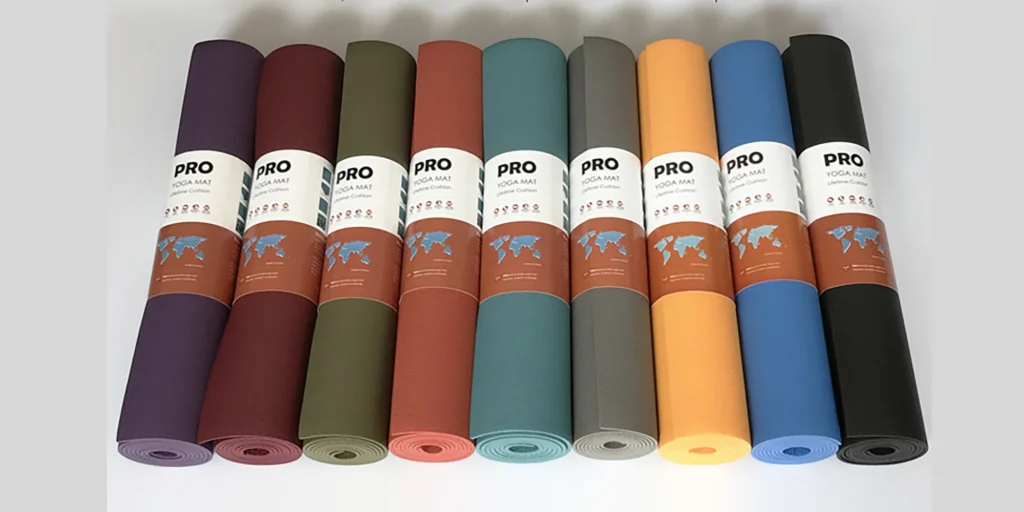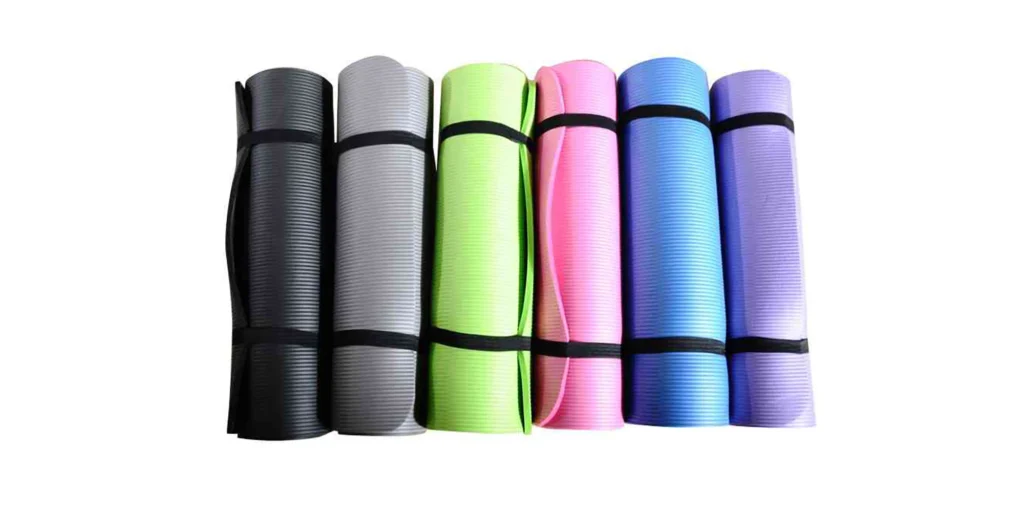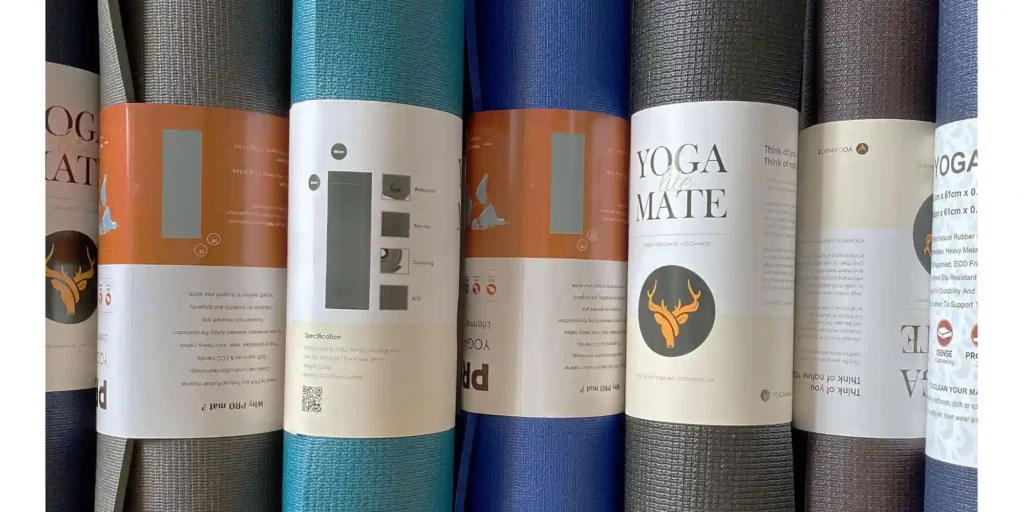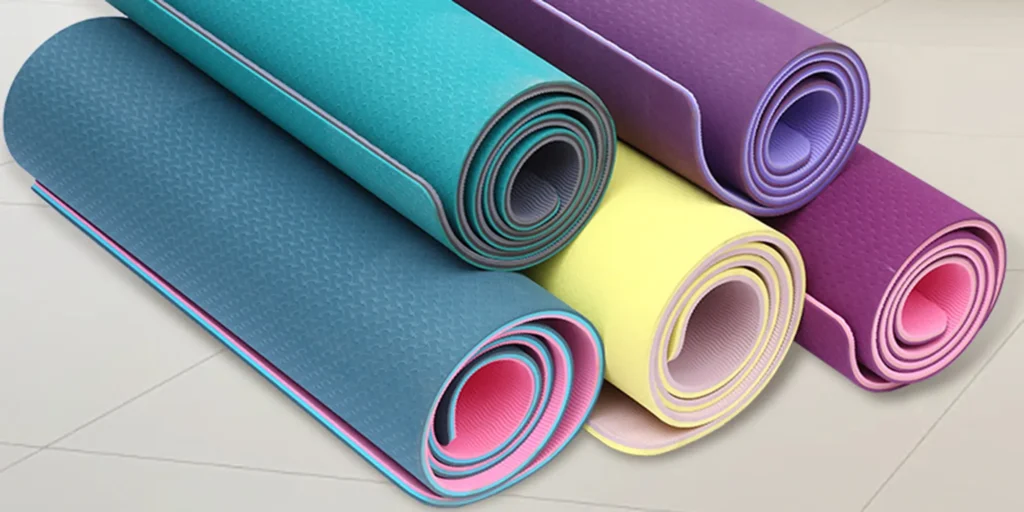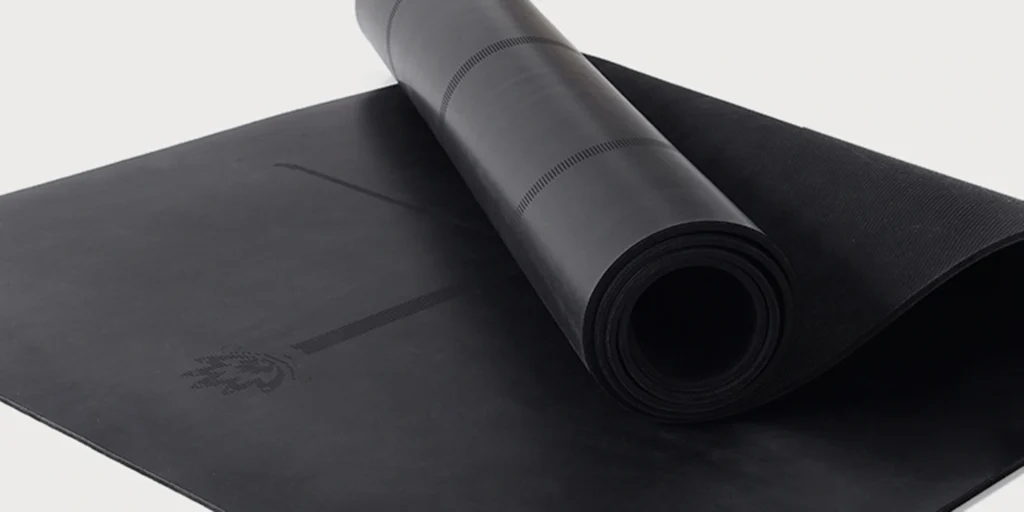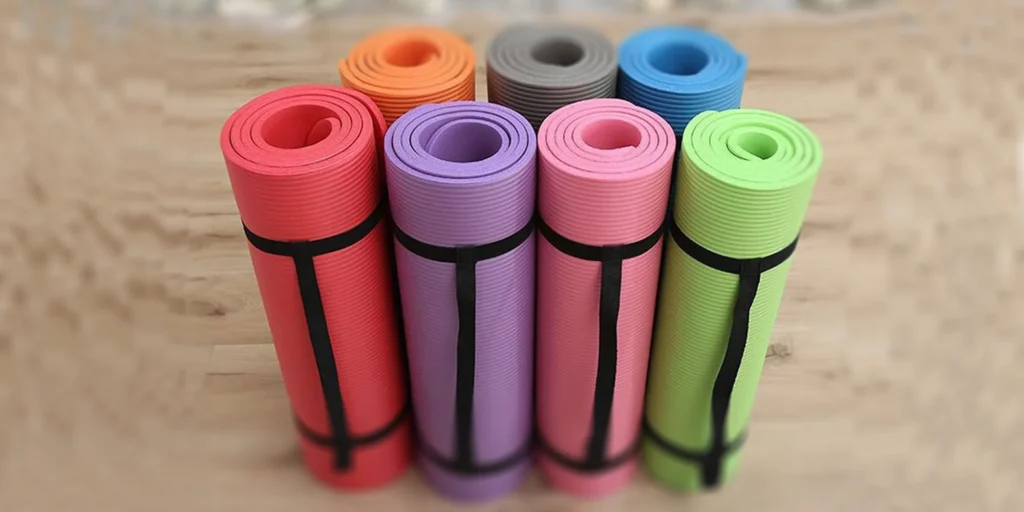Yoga mats have come a long way since they first appeared, evolving from simple cloths to highly specialized gear that enhances your yoga practice. One of the latest and most exciting developments in yoga mat materials is EVA foam. In this article, we’ll explore how yoga mats have evolved, why EVA foam stands out compared to traditional materials, what makes it durable and long-lasting, and whether it can be a sustainable choice for eco-conscious yogis.
The Evolution of Yoga Mats
The Early Days: Cloth and Animal Skins
Yoga has ancient roots, and for centuries, practitioners made do with basic mats made from cloth or animal skins. These early mats offered little cushioning or grip, which made holding poses on hard surfaces quite challenging. As yoga gained popularity in the West during the 20th century, it became clear that better mats were needed to support a more comfortable practice.
The PVC Revolution
In the 1980s, PVC (polyvinyl chloride) mats became the go-to option for yogis. PVC mats provided much better grip and cushioning than the old-school cloths or animal skins. However, PVC comes with some serious downsides, especially when it comes to the environment. PVC isn’t biodegradable, and its production involves toxic chemicals that can harm both the environment and human health.
Seeking Better Alternatives
As more people became aware of environmental issues, the search for better, more sustainable yoga mat materials began. This led to the rise of mats made from natural rubber, jute, and cork. While these materials are kinder to the planet, they come with trade-offs like higher costs, less durability, and varying levels of comfort and grip.
Comparing EVA Foam to Traditional Yoga Mat Materials
What Exactly is EVA Foam?
EVA (ethylene-vinyl acetate) foam is a type of polymer that’s gained popularity in different industries, including sports equipment, footwear, and, more recently, yoga mats. EVA foam is known for its excellent shock absorption, flexibility, and durability, making it a great material for yoga mats.
EVA vs. PVC: A Healthier Alternative
One of the biggest advantages of EVA foam over PVC is that it’s less harmful to the environment and to your health. Unlike PVC, EVA foam doesn’t contain harmful chemicals like phthalates. It’s also lighter than PVC, which makes it easier to carry around.
When it comes to performance, EVA foam offers great grip and cushioning—often as good as, if not better than, PVC. It’s also more resistant to wear and tear, which means your mat will last longer.
EVA vs. Natural Materials: The Best of Both Worlds
Natural materials like rubber, jute, and cork are eco-friendly alternatives to PVC, but they don’t always measure up in terms of comfort and durability. EVA foam strikes a nice balance between being sustainable and offering high performance. It provides the cushioning and support you need for a comfortable yoga session while being more resistant to moisture and bacteria than natural materials.
The Durability and Longevity of EVA Yoga Mats
Built to Go the Distance
One of the standout features of EVA foam is its durability. EVA yoga mats are tough and resistant to wear and tear, even with regular use. The foam’s closed-cell structure keeps moisture out, which not only extends the mat’s lifespan but also makes it more hygienic.
Holding Shape and Support Over Time
A lot of yoga mats, especially those made from natural materials, can lose their shape and cushioning over time. EVA foam, on the other hand, is known for holding its shape and support, even after lots of use. This means an EVA yoga mat will keep providing the same level of comfort and performance for a long time, making it a solid investment for serious yogis.
Eco-Friendly Options: Can EVA Mats be Sustainable?
Understanding the Environmental Impact of EVA Foam
While EVA foam is less harmful than PVC, it’s still a synthetic material, and its production does have some environmental impact. However, manufacturers are starting to make EVA foam more eco-friendly. For example, some companies are using recycled EVA in their mats, which cuts down on the need for new raw materials.
Biodegradability and Recycling
One of the main concerns with EVA foam is that it’s not biodegradable. This means it won’t naturally break down in the environment. But, EVA foam is recyclable, and there’s a growing effort to recycle more EVA products. Some manufacturers are even exploring the possibility of making biodegradable EVA foam, which would make it an even better choice for the planet.
The Future of Sustainable Yoga Mats
As demand for eco-friendly products continues to rise, the yoga industry is likely to see more innovations in sustainable materials. EVA foam, with its blend of performance and environmental awareness, is set to play a big role in the future of yoga mats. By continuing to improve the sustainability of EVA foam and exploring new materials and production methods, the yoga industry can move toward a greener future.
EVA foam is a game-changer in yoga mat technology, offering a mix of comfort, durability, and environmental benefits that make it a top choice for yogis of all levels. As more people in the yoga community prioritize sustainability, EVA foam mats could become the new standard in yoga studios and homes around the world. Choosing an EVA foam mat means enjoying a better yoga experience while also doing your part for the environment.
FAQ Section
1. What is EVA foam and why is it used in yoga mats?
EVA foam (ethylene-vinyl acetate) is a durable, flexible polymer known for its excellent shock absorption and cushioning. It’s used in yoga mats because it provides superior grip, comfort, and long-lasting performance.
2. How does EVA foam compare to PVC in yoga mats?
EVA foam is lighter and more eco-friendly than PVC, as it doesn’t contain harmful chemicals like phthalates. It also offers comparable, if not better, grip and cushioning, and is more resistant to wear and tear.
3. Are EVA foam yoga mats environmentally friendly?
While EVA foam is not biodegradable, it’s recyclable and has a lower environmental impact than PVC. Manufacturers are also working on making EVA mats more sustainable by incorporating recycled materials and exploring biodegradable options.
4. How long do EVA foam yoga mats last?
EVA foam yoga mats are highly durable and can maintain their shape and support over time, even with regular use. Their closed-cell structure helps prevent moisture absorption, which extends their lifespan.
5. Are EVA foam yoga mats suitable for all types of yoga?
Yes, EVA foam yoga mats are versatile and suitable for all types of yoga, from gentle Hatha to intense Vinyasa. They provide the cushioning and grip needed for a stable and comfortable practice.
#YogaMats #EVAFoam #EcoFriendlyYoga #SustainableYoga #YogaPractice #YogaGear #HealthyLiving #YogaCommunity #FitnessEssentials #MindfulLiving
WELLE Trade has over 20 years of experience in the production and processing of PE/EVA/TPE foams, so you may want to consult with them if you have any sourcing needs.
